A Practical Guide for Companies Navigating Declining Traffic
A drop in organic traffic can feel unsettling — especially if your team relies on steady inbound demand to drive sales. But declining traffic doesn’t...
Published: Feb 13, 2024 Updated: Feb 19, 2024
The definition of visual merchandising is a marketing strategy that draws customers in by utilizing displays, technology, color, floor designs, lighting, and other components. Utilizing the retail space to increase sales is its ultimate goal. Here, we look at more than just the meaning of visual merchandising by looking at how it can be put into practice.
Everything including product displays, store displays, and in-store signage refers to visual merchandising. Making your physical store physically appealing is the first step towards building a relationship with customers. For example, you can quickly and simply turn your store into an aesthetically pleasing experience that your consumers will enjoy by understanding and utilizing design concepts.
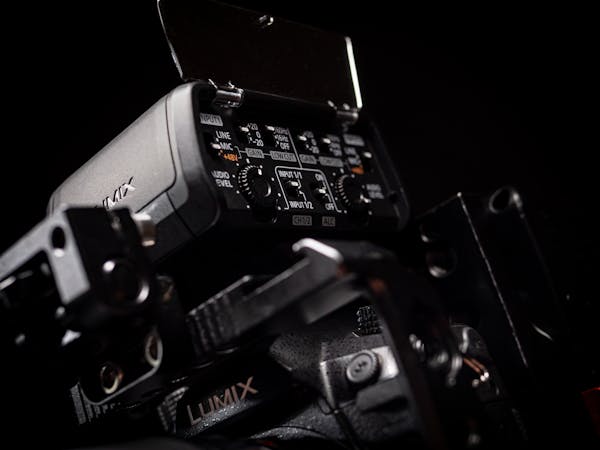
The magician in charge is a visual merchandiser. They employ a combination of creativity, retail merchandising expertise, and marketing principles to present the store’s merchandise in a favorable light by utilizing the store’s layout and space.
Customers frequently form first impressions based on what they observe. For this reason, the discipline of visual merchandising can be extremely important in improving a store’s aesthetics, ambiance, and customer experience. A setting, whether digital or physical, becomes an extension of a brand’s image through effective visual merchandising. The definition of visual merchandising, its various forms, and methods for improving it are all covered in this article in the following details.
The most popular examples of visual merchandising are listed below:
Mannequins are mostly used by clothing businesses because they let shoppers see what their goods look like without actually trying them on. Furthermore, it was never out-of-date visual merchandise. Mannequins for POS displays in fashion boutiques have the power to draw in inactive shoppers and sway a customer’s decision while they’re out and about.
Point-of-sale displays, sometimes known as POS displays, are a way to present products so that customers may decide what to buy. It can be placed anywhere within the store to draw attention from customers and draw attention to special offers or themes. As a result, it can quickly turn aimless shoppers into paying clients.
Using touch screen technology is one of several retail visual merchandising ideas that allows you to draw people in and educate them about your items on a specific screen. Customers can select designs and see how they seem in the actual space by using AR apps from businesses such as Wayfair and Rebecca Minkoff, which sell home products, and Rebecca Minkoff, which sells clothing.
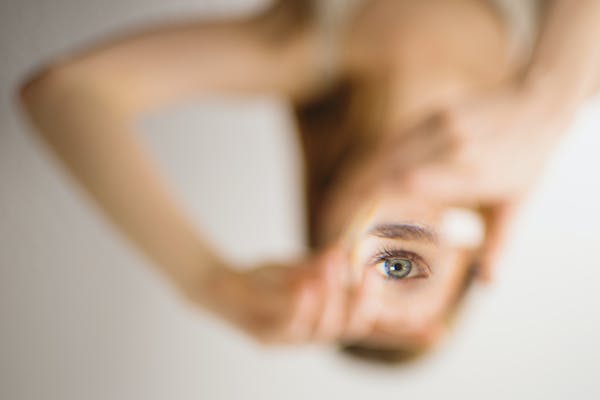
Using particular strategies, store layouts lead clients on a trip to promote buying behavior. For instance, you need to have a decompression zone, which is a roomy space of five to fifteen feet where visitors entering the store can scan the environment and make notes about what they observe.
Customers tend to gravitate towards appealing window displays. In other words, these window displays entice customers to approach a store and examine your goods more closely. Because of their extreme versatility, retailers use window displays in a variety of ways to share marketing, values, and messages about new items.
One of the best visual merchandising tips is having seasonal displays to create tales in honor of holidays like Valentine’s Day, Christmas, and summer vacations. For instance, when customers are getting ready to plan their summer vacations, decorate your store with beach themes, or when the weather cools off, highlight your winter product lines.
The way you set up and arrange your shop space to attract clients and increase sales is known as online visual merchandising. Retailers can accomplish this by emphasizing in an eye-catching manner the appearance, characteristics, uses, and advantages of your product. In the end, a retail visual merchandising website is all about making an impression on customers, boosting sales and interaction, and crafting unique experiences.
You should gather data to determine what goods are selling well, which aren’t, and which things people frequently buy together. Gather the data from both your physical store and website. You can easily create and export those reports with the majority of contemporary POS systems. From there, you may modify your store and your strategy to suit your consumer journey.

To arrange and highlight products and increase in-store sales, merchandisers in the retail sector frequently use visuals, which involves creating floor layouts and three-dimensional product displays. Merchandisers typically combine similar products in groups and use signs to highlight the qualities and advantages of each.
Merchandisers and retail marketing teams collaborate closely in larger organizations to create product displays that align with the brand’s requirements and image. Conversely, independent shops enjoy greater creative freedom and control over the appearance of their displays.
Using visuals effectively can help you stand out from the crowd. Both online and in physical locations, textual and visual advertisements often can overwhelm customers. The customer may deviate from the purchase and ignore most things when they encounter so many yelling at them to “Look at me!” They can more easily keep their thoughts down and find the stuff they came in for more swiftly.
The goal of visual merchandising is to entice and involve consumers to encourage purchases. Whether it’s a store, internet, or mobile app, the visual merchandiser’s job largely involves starting with the architecture of the overall retail environment.
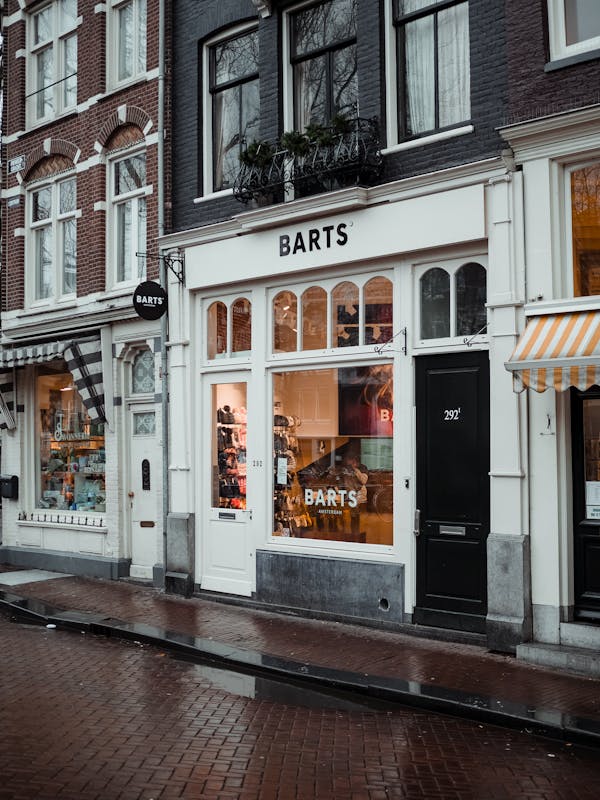
What are the key elements of visual merchandising?
It’s not easy to run a successful retail business. The bright side is that visual merchandising can improve your business and help it stand out from the crowd of rival establishments, by following the below-mentioned tools of visual merchandising:
You should always have a floor plan on hand to carefully arrange your product positioning and visual merchandising program, regardless of the product or products your store sells. Your brand can arrange products to get the most out of a visual layout and increase customer engagement. You can also use a floor map to find “untapped” spaces in your store that could be utilized for signage or other components.
Not to be overlooked, signs are yet another essential tool. You can employ signs for a variety of things, such as directing customers to a certain area or displaying products that are on sale or clearance. In any case, make sure your visual merchandising definition includes utilizing signs.
Use mannequins in your store; they are also regarded as a technique. Investing in a mannequin may prove to be well worth it, even if you can display the clothing or products in your business on a mobile rack. Store owners can display their merchandise such as shirts, dresses, caps, handbags, etc. in a more relevant way by using mannequins.
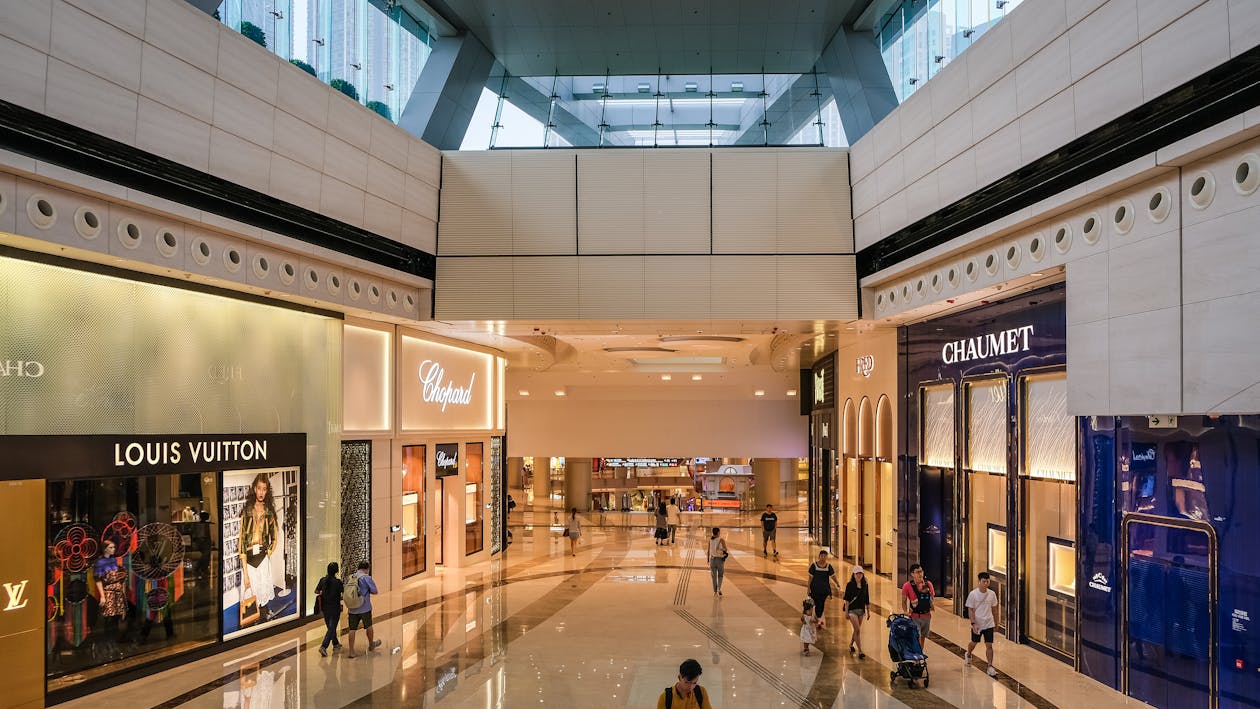
Here are some useful tools of visual merchandising programs that you can benefit of:
Product photography for e-commerce is the focus of WebRotate 360. The software’s ability to accommodate users of all skill levels is its strongest feature. The objective is to assist everyone in producing in-house, high-quality still as well as 360-degree product photos as well as 3D web models.
You can create landing pages, home pages, product pages, collection pages, and blog entries in any design you like using GemPages’ user-friendly drag-and-drop page editing feature. It also includes some built-in SEO tools and a selection of fashionable templates.
With an increasing number of mobile users, mobile commerce is a growing market. If your e-commerce website is not mobile-friendly, all your efforts may be in vain. For this reason, search engines such as Google prioritize mobile indexing. To track page speed on desktop and mobile devices, it created Google PageSpeed Insights (PSI).
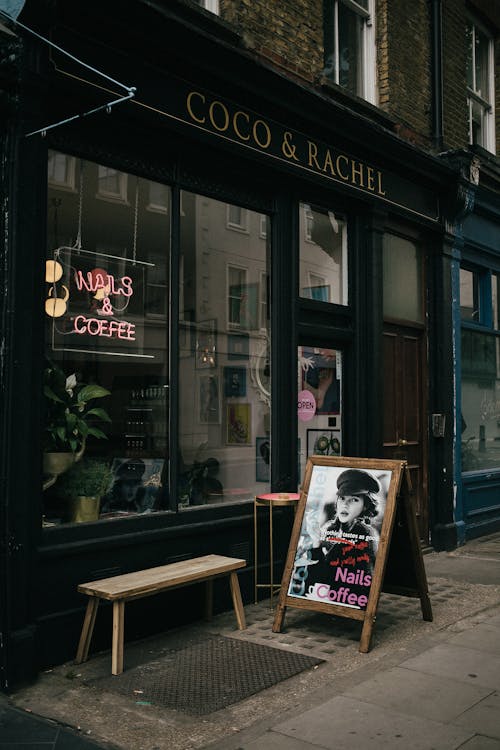
You have probably heard of Hotjar or are perhaps already using it if you own an internet business. For the analysis of internet behavior, this software is excellent. Heatmaps, event recordings, conversion funnels, and feedback forms are just a few of the many crucial analytics elements that are included in the “all-in-one analytics and feedback” package.
A visual merchandising program plays an extremely crucial role in the retail and e-commerce sector due to the ever-changing and demanding nature of clients. By getting the help of some tips and tools for effective visual merchandising, you can effortlessly increase your clientele and business profits. Get hold of our data management tools and software by contacting us at Pimberly to create a top-notch visual experience for your clients.


